
10 Must-See Natural Wonders of the West
The West features some of the hottest, quietest, and foggiest spots in the country.

The West rarely settles for average. From the Rocky Mountains to the redwoods to the Grand Canyon, this is the land of superlatives. Beyond these famous examples, the West is full of other extremes. Some claims to fame can be measured and quantified. Some are a matter of perspective. Visit any of these spots, and you’re sure to get an experience far beyond the ordinary.
The Hottest: Death Valley National Park, California
Death Valley is the place where cold fronts go to die. Two hours west of Las Vegas and as much as 282 feet below sea level, Death Valley is ringed by mountain ranges that block stray rain clouds and trap the desert heat. Some of the highest temps in the United States were recorded here, including a sizzling 127°F for four July days in 2018. “A lot of people come out here to experience heat, and they find it,” says park spokesperson Cheryl Chipman.
Which makes it all the more stunning when tough, beautiful flowers burst to life under the right conditions, February through July. How best to appreciate the park’s drama? Come see the blooms in late winter, then return in summer and let the heat blast you as you walk the dunes. Just be sure to bring plenty of water—this place got its name for a reason.
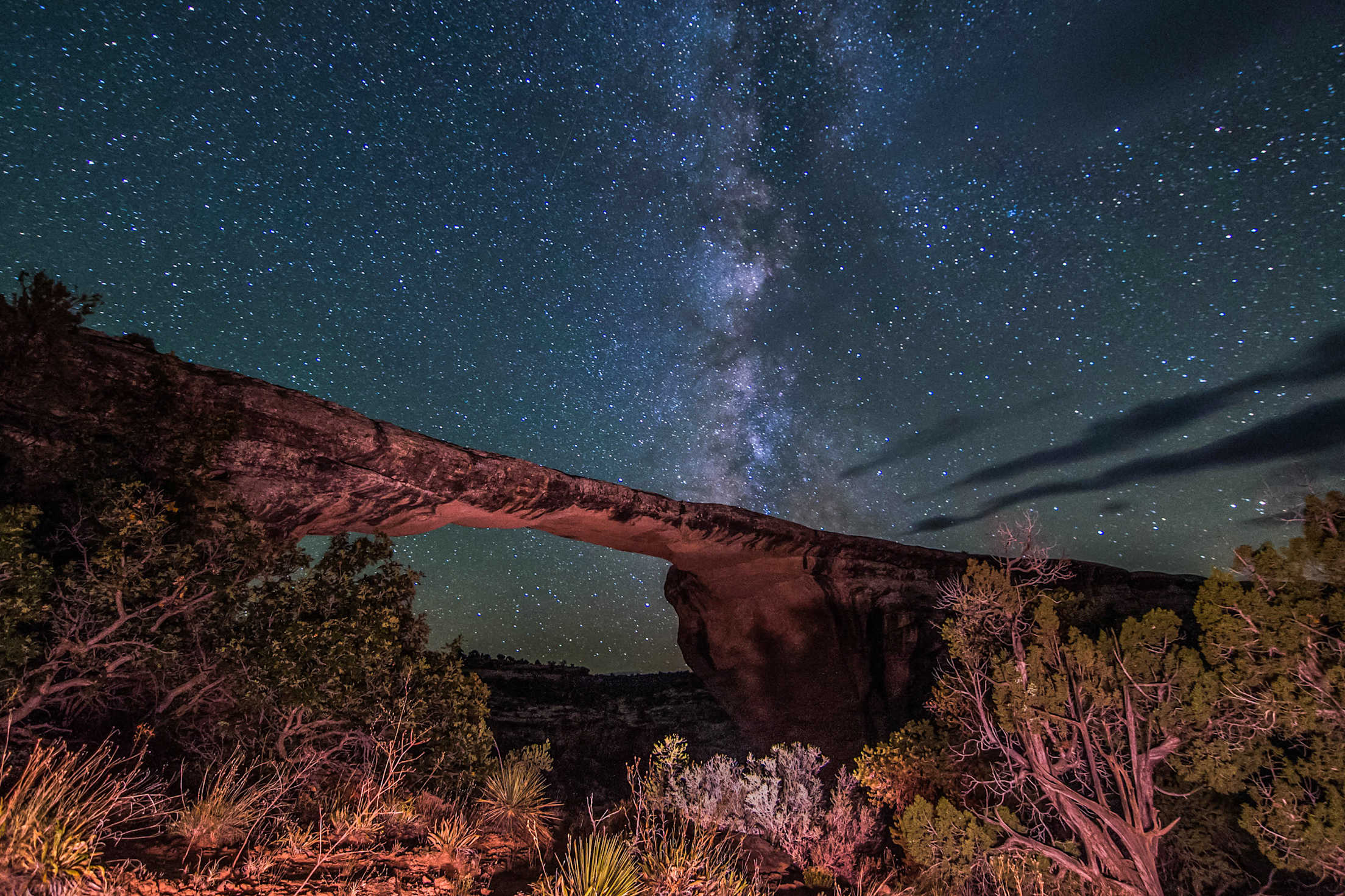
The Starriest: Natural Bridges National Monument, Utah
On a clear, moonless night, this preserve way out in the southeastern corner of Utah feels like a scene from humanity’s distant past, long before the glare from fluorescent bulbs and streetlights started washing out the firmament. “We have zero light pollution,” says Gordon Gower, a retired sky ranger who led stargazing tours at Natural Bridges.
Named the first International Dark Sky Park in the world in 2007, the monument is one of the few locations in the country where you can see distinct strands of the Milky Way, a shocking upgrade from the cloudy blur generally visible from urban areas. And at around 6,000 feet above sea level, the park lets visitors feel extra close to the nighttime show. One particularly iconic scene: thick bands of stars arching behind the thin profile of the 180-foot-long Owachomo Bridge, creating a perfect combo of sandstone and starlight.
Spring nights are often clear and cool, making great viewing for the Lyrid meteor shower, which peaks April 22. You could stay in the small town of Blanding, Utah, 40 miles away, but visitors who bunk at the monument’s small campground get to see the stars without doing a lot of night driving. The sites can’t be reserved, though, so it’s best to arrive early, dress warmly, and stay up late.

The Foggiest: Cape Disappointment, Washington
Just how much fog does this hook of land at the mouth of the Columbia River get each year? String together every misty moment and you’d have, on average, a sunless stretch of over 100 days. Here the cool Pacific waters clash with currents of warm air, a recipe for pea-soup weather. Ground-level clouds often dampen the view from the Cape Disappointment Lighthouse, which shares the headland with the North Head Lighthouse.
The mist adds atmosphere to the area’s many trails, especially those winding through mossy forests of old-growth Sitka spruce. “It’s surreal, like something out of The Hobbit,” says Steve Wood, interpretive specialist at Cape Disappointment State Park.
July and August mark the high season for fog, although it can come at any time of year. During the winter months, windy storms blowing in from the ocean can send big waves crashing into the rocks with very photogenic fury. “This is really the best place around for storm watching,” Wood says. It’s fair to say that Cape Disappointment isn’t just the foggiest place in the United States, it’s also the least accurately named.

The Steepest: San Francisco
You don’t just drive the hills of San Francisco. You strap in and hang on. “The steepest streets tilt as much as some black diamond ski runs,” says Stephen Von Worley, a slope-obsessed artist who has studied and ranked the city’s dizziest inclines. “Going up, you push back in the seat like an astronaut, and going down, you’re glad to be wearing a seatbelt.”
The hills offer amazing, not-to-be-missed views of the Golden Gate and Bay Bridges and of container ships and sailboats plying the water. The sight of Alcatraz and Angel Islands from Hyde Street on Russian Hill is especially dramatic.
So which blocks are the steepest? It depends on whom you ask. Two contenders: Filbert Street on Russian Hill and 22nd Street in Noe Valley have grades of 31.5 percent, which means they climb a bit more than 31 feet for every 100 feet in length. But Von Worley has made his own measurements, and he argues that the stretch of Bradford Street above Tompkins Avenue in the Bernal Heights neighborhood reaches a knee-buckling grade of 41 percent. You can drive it—just be prepared for your stomach to drop.
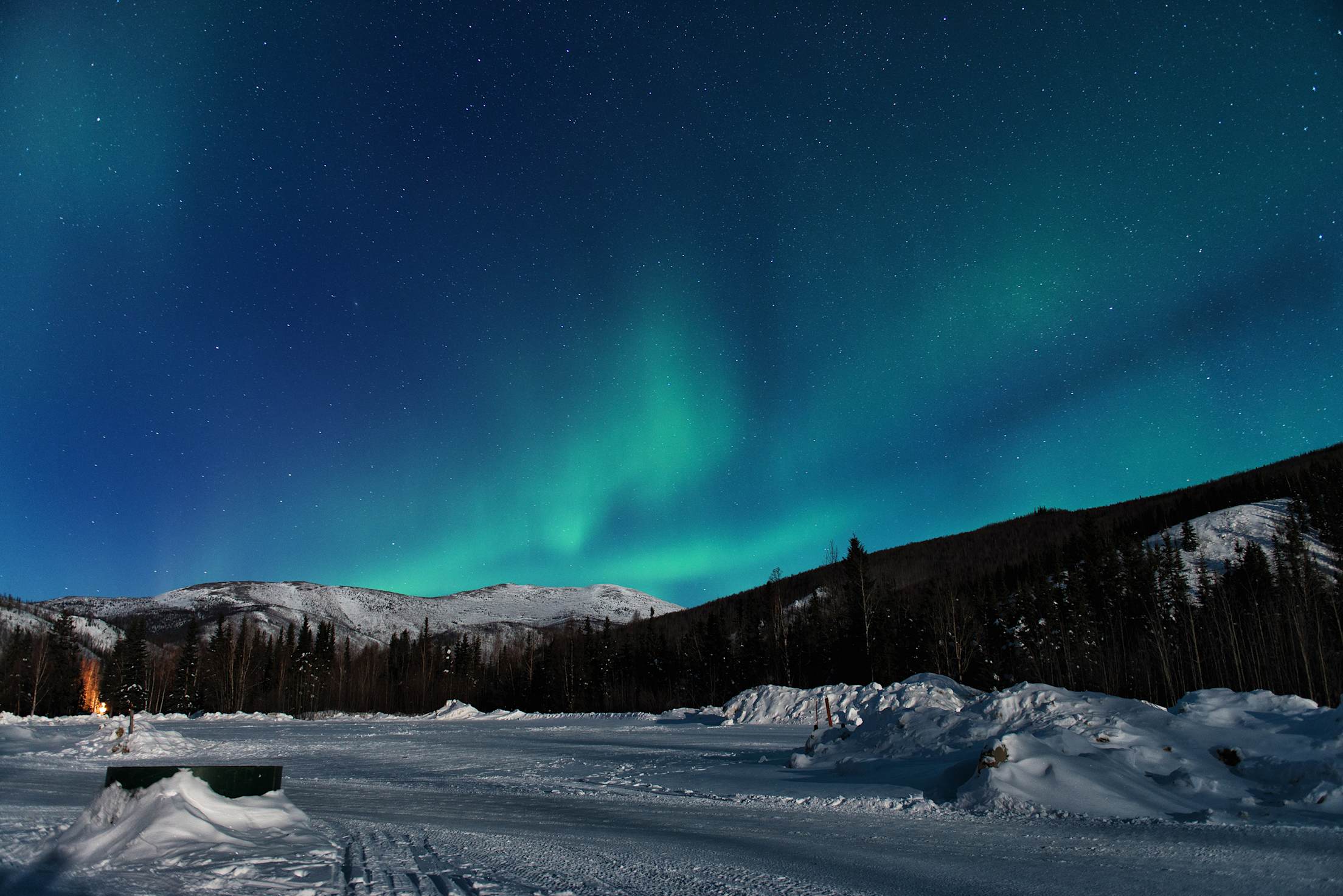
The Flashiest: Fairbanks, Alaska
As summer turns to fall in the Far North, Earth’s most dazzling display starts blazing across the sky. The northern lights—aurora borealis—shimmer in otherworldly shades of green, blue, and sometimes red. “The lights can be brighter than the full moon,” says Roger Smith, physics professor at the University of Alaska in Fairbanks, a town so close to the North Pole that the lights dance directly overhead. “You could read a newspaper by them, not that you’d want to.” No, you’ll be occupied by other things: taking pictures and trying to wrap your mind around the shifting waves in the sky.
Auroras shine here four nights out of five, but you need a clear, dark sky to see them at their best. A good strategy for aurora exploration is to drive away from the city on a cloudless night between late August and April. Several outfits take watchers into the Arctic Circle for a better view. And Air Arctic runs two-hour flightseeing rides that can get above any clouds. The northern lights from 2,500 feet—you couldn’t ask for a better seat at one of nature’s greatest shows.

The Oldest: Inyo National Forest, California
It’s a sunny, cool day in the White Mountains northeast of Big Pine, California, a type of day that the bristlecone pines have seen many times before. The Methuselah tree has been living here for over 4,800 years, and a neighbor germinated 5,000 years ago, making it the oldest tree on earth.
The locations of the most senior specimens are a secret. But once the road is plowed in May, visitors to the Ancient Bristlecone Pine Forest can see plenty of trees bearing the hallmarks of time. “They have twisted trunks and gnarled limbs,” says Debra Schweizer of Inyo National Forest. “The old trees definitely have a presence. You can’t miss them.”
Bristlecones take root in poor soil on exposed slopes. Some branches may die as the tree endures, a living link to the time of mammoths. Those mighty animals didn’t last, but the trees remained.
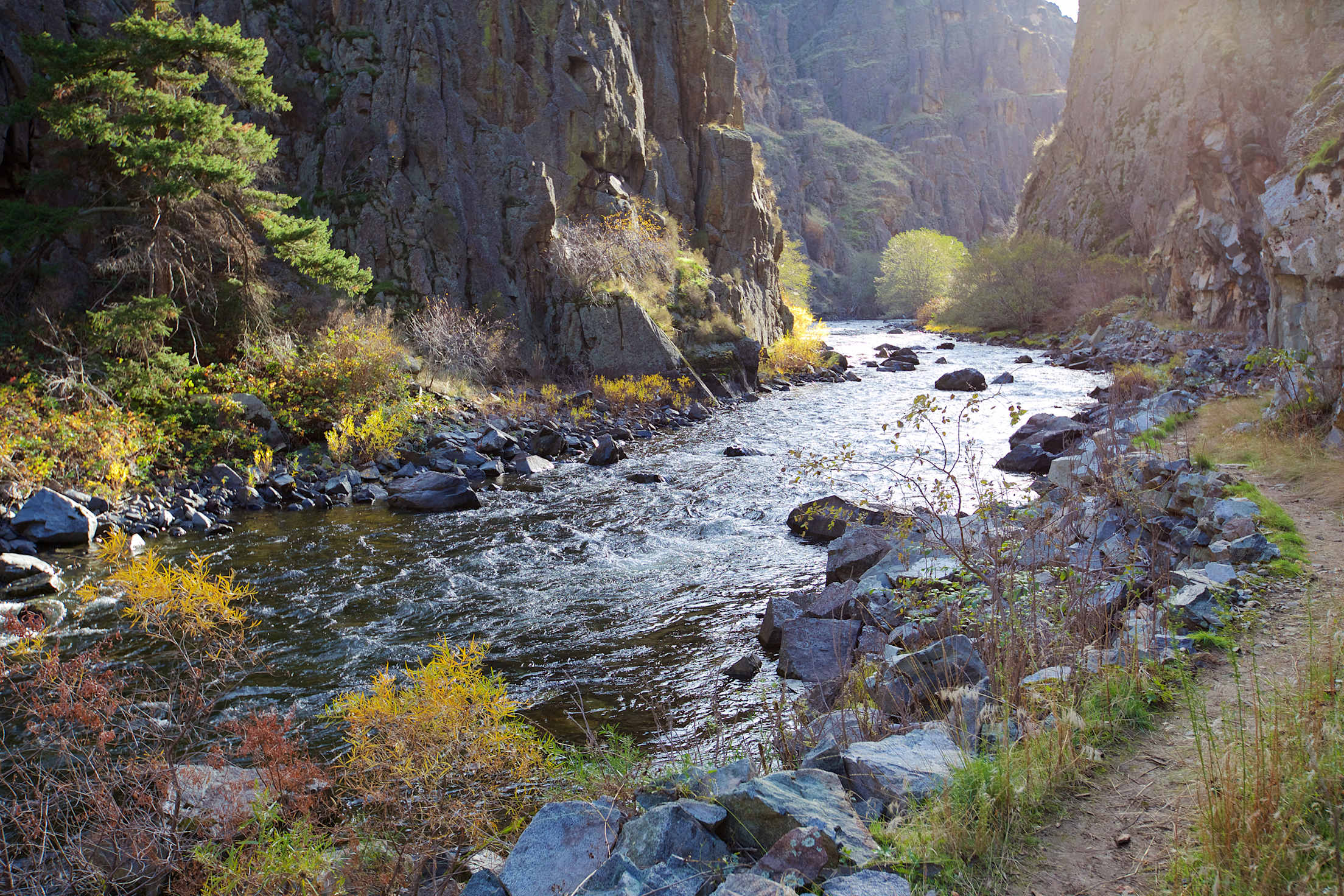
The Deepest: Hells Canyon, Oregon and Idaho
Here’s a deep thought: Even if you scooped out an extra 2,000 feet from the bottom of the Grand Canyon, it still wouldn’t plunge as far as Hells Canyon, a gouge carved by the Snake River that serves as part of the border between Oregon and Idaho. Steep volcanic slopes rise as high as 1.5 miles, making this the country’s deepest river gorge. This natural wonder cuts through high desert so rugged that it’s tricky to reach by car. Traveling the unpaved road to Hat Point, a stunning overlook 23 miles from Imnaha, Oregon, takes an hour and a half and a sturdy vehicle.
The best views, by far, are from a boat. Hells Canyon Adventures, located at the Hells Canyon Dam near Oxbow, Oregon, offers jet boat rides and fishing charters. Most people go out for a six-hour tour—plenty of time to cover some Class IV rapids and watch for wildlife, including bears, bighorn sheep, and otters. “The western side is the deepest and most magnificent part of the canyon,” says boat captain Mark Yates. “It’s a spectacular place.”
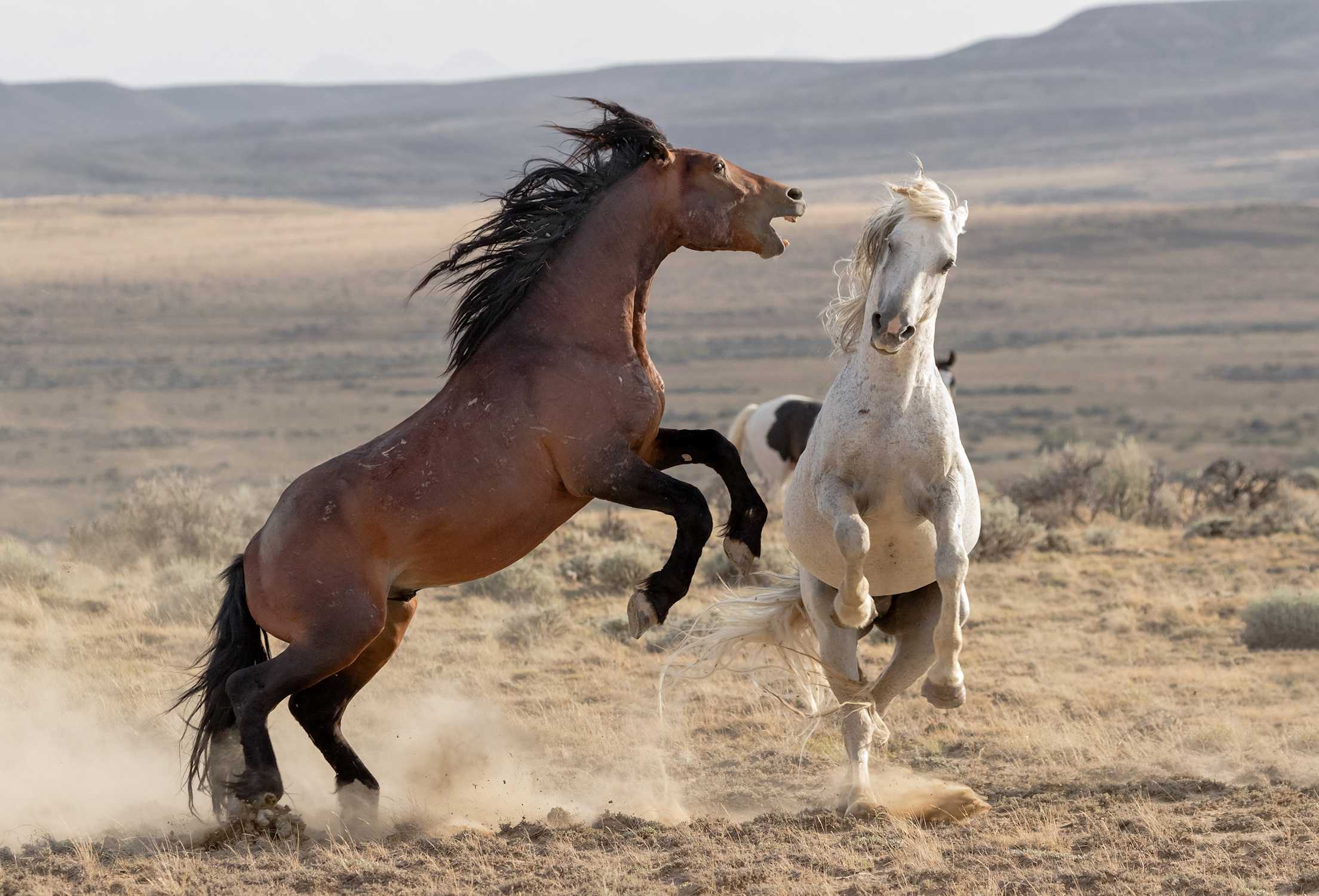
The Horsiest: Cody, Wyoming
Founded by the perpetually saddle-bound showman William “Buffalo Bill” Cody in 1896, this Wyoming city is still the equine epicenter of the West. How many other towns can muster the horsepower to host 90 straight nights of summer rodeo? Any time of year, the steeds are ubiquitous: posters and prints of them at the local gift shops, a statue of old Bill and his trusty ride, wild mustangs at nearby McCullough Peaks, and hundreds of family horses grazing in pastures all around town. “Just about everyone has a couple of horses on their property,” says Kerry Boyd, owner of the Absaroka Mountain Lodge, one of several guest ranches along the North Fork of the Shoshone River that offer summer trail rides. His own herd of about 30 includes paints, Appaloosas, quarter horses, and draft horses.
Boyd wraps up for the season in mid-September, but even if you don’t actually climb into the saddle, you can’t miss the regional importance of horses, present and past. Consider one of the treasures on display at the Buffalo Bill Center of the West: a blue-and-tan mask decorated with stitched red porcupine quills that was worn by a Blackfeet horse in the mid-1800s. Horses mattered here long before Buffalo Bill showed up, and they aren’t likely to go out of style anytime soon.
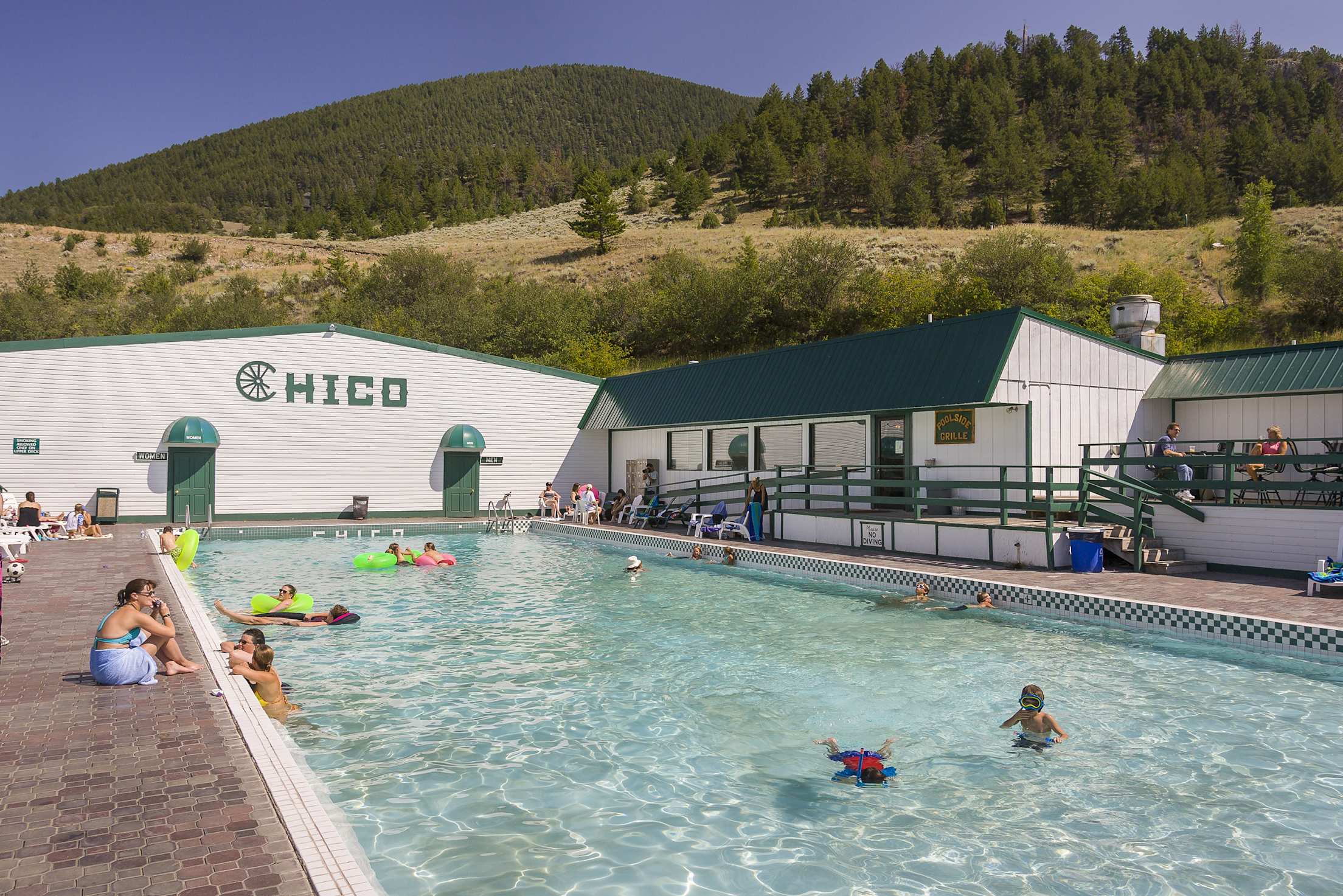
The Steamiest: Chico Hot Springs, Pray, Montana
North of Yellowstone National Park, a constant flow of 103°F water has kept things hot at this low-key resort since 1900. Heated by the same intense geothermal forces that keep the region’s geysers and mud pots bubbling, the water here is unchlorinated and unbelievably relaxing.
Once in the shallow soaking pool, you’ll need strong motivation—perhaps a margarita from the bar or a slice of pizza from the poolside café—to ever get out. The larger pool is nominally for swimming, but most people stick with slow-motion soaking. Even kids calm down quickly in the warm water. Still, there’s plenty to do: Relaxing bathers watch for deer on the hill behind the pool in the daytime and scan the sky for shooting stars at night.
There’s much to be said for taking a soak during a frigid winter day when clouds billow from the pool and frost in your hair gives you the look of a Japanese snow monkey. But General Manager Colin Davis prefers fall, when the Yellowstone crowds have thinned and the weather is still calm and mild. “It’s a relaxing time in Montana,” he says.
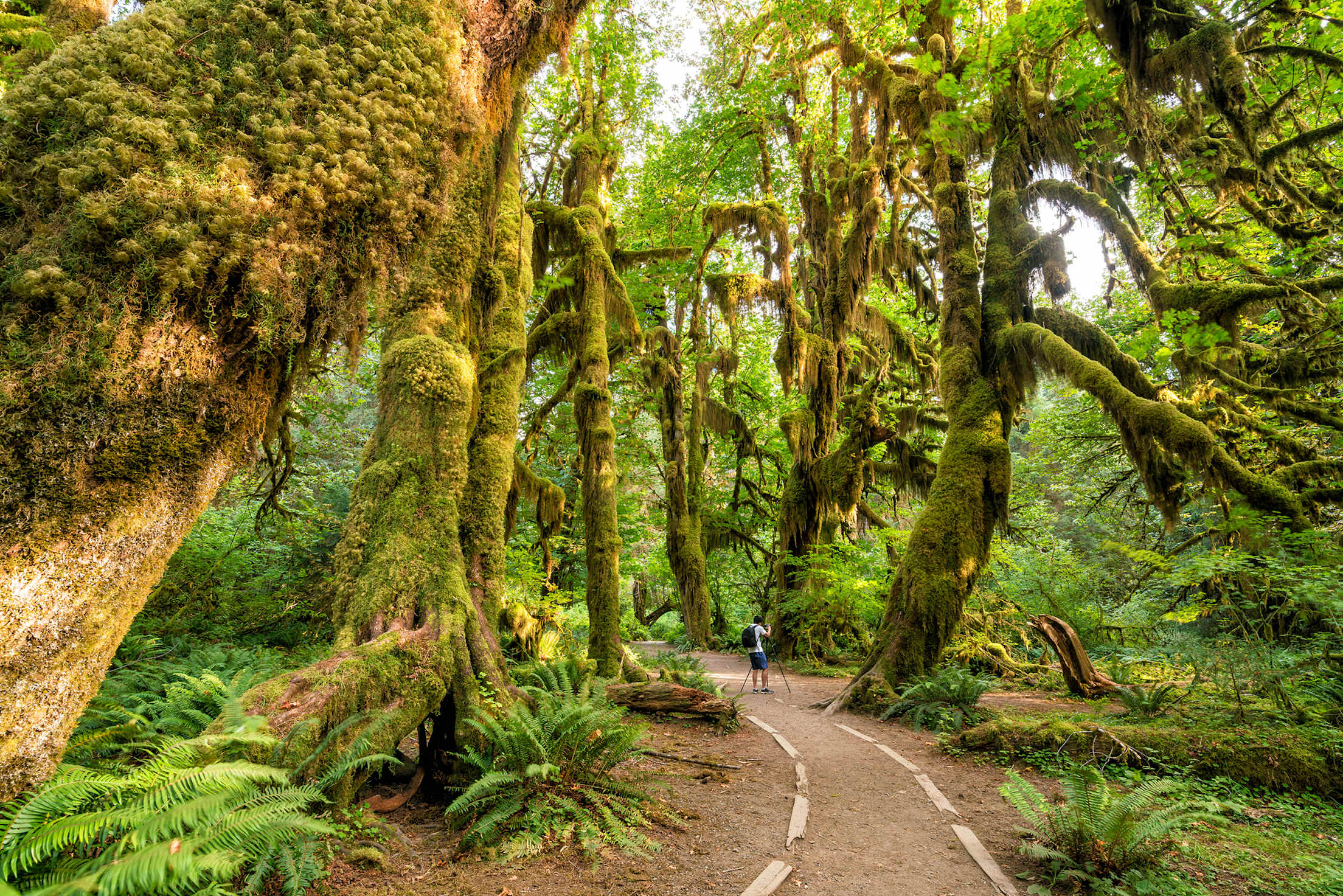
The Quietest: Olympic National Park, Washington
At a time when man-made sounds reverberate across the planet, silence can seem like the most unnatural sound of all. But hike through the rain forest in this park—far from any highways or major airplane routes—and you find a place so quiet you can hear a fir needle drop. “It’s the least noise-polluted place in the country,” says Gordon Hempton, an acoustic ecologist who records the sounds of nature for museums.
The Hoh Valley in Olympic National Park is home to One Square Inch of Silence, a spot on a log 3.2 miles from the rain forest’s visitor center that epitomizes the area’s serenity. Of course, silence is a bit of a misnomer. Without competition from engines or car horns, the forest rings with natural sounds: water dripping from moss, the calls of Pacific wrens, the autumn bugles of Roosevelt elk. In autumn, the leaves of the big-leaf maple turn rigid and blazing red, becoming the world’s most colorful drum pads when it rains. Hempton calls this percussion “the grand applause.”
Let AAA Complimentary Travel Agents plan your natural wonders trip. It's a free benefit for AAA Members.